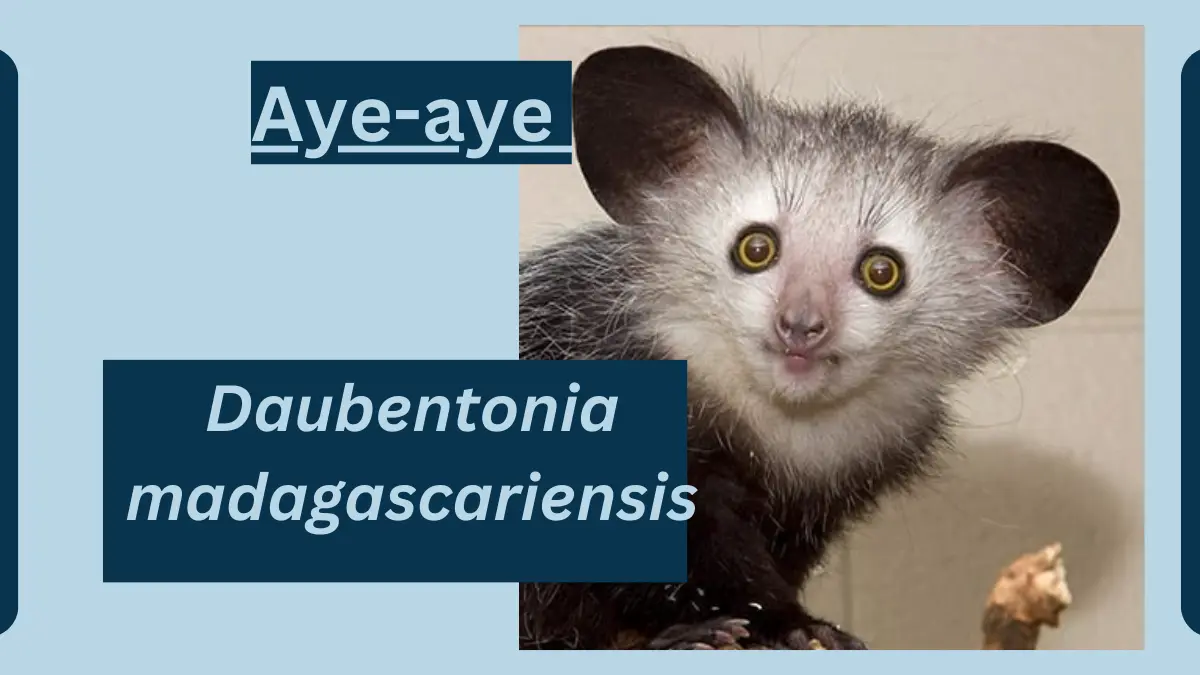Amazon River Dolphin Animal Facts | Inia geoffrensis
October 18, 2023
The Amazon River Dolphin, also known as the Pink River Dolphin or Boto, is a unique and highly specialized species of freshwater dolphin that inhabits the rivers and tributaries of the Amazon Basin in South America.

Amazon River Dolphin
Here are some facts about Amazon River Dolphins:
| Topic | Information |
| Scientific Classification | Kingdom: Animalia |
| Phylum: Chordata | |
| Class: Mammalia | |
| Order: Cetacea | |
| Family: Iniidae | |
| Genus: Inia | |
| Species: Inia geoffrensis (Pink River Dolphin) | |
| Origins and Evolution | Amazon River Dolphins have a long history in the Amazon Basin, evolving to thrive in freshwater habitats. They are adapted to the unique challenges of river life. |
| Characteristics | Anatomy and Appearance: Amazon River Dolphins are known for their distinctive pink coloration, which fades with age. They have a long, beak-like snout and a flexible neck. |
| Size: They are relatively small for dolphins, typically measuring around 6 to 8 feet (1.8 to 2.4 meters) in length and weighing between 185 to 250 pounds (84 to 113 kilograms). | |
| Distribution and Habitat | They are native to the Amazon River and its tributaries in South America, including Peru, Brazil, and Colombia. They are highly adapted to freshwater environments. |
| Behavior and Lifestyle | Amazon River Dolphins are known for their solitary or small group behavior. They have a social structure based on gender and age. They are primarily crepuscular, meaning they are most active during dawn and dusk. |
| Reproduction and Life Cycles | They reproduce sexually, with females giving birth to a single calf after a gestation period of approximately 11 to 12 months. Calves are dependent on their mothers for several years. |
| Diet and Prey | They are carnivorous, primarily feeding on various fish species found in the Amazon Basin. They are skilled hunters and use echolocation to locate prey. |
| Predators and Threats | Common threats to Amazon River Dolphins include habitat degradation, water pollution, and accidental entanglement in fishing gear. They are also hunted for their meat and traditional beliefs. |
| Interesting Facts and Features | – Pink Coloration: Their pink color is a result of blood vessels near the skin’s surface, which may become more prominent when they are excited or exert themselves. |
| – Echolocation: They use echolocation to navigate murky waters and locate prey. This ability is crucial for their survival in the Amazon’s turbid rivers. | |
| Relationship with Humans | Amazon River Dolphins have cultural and mythological significance in the Amazon Basin, and they play a role in local folklore. Conservation efforts are aimed at protecting their populations. |
| Conservation Status and Life Today | Amazon River Dolphins are listed as a data deficient species by the International Union for Conservation of Nature (IUCN) due to the limited data available on their populations. Conservation initiatives aim to protect their habitats and reduce human impact on their environment. |
File Under:







Leave a Reply